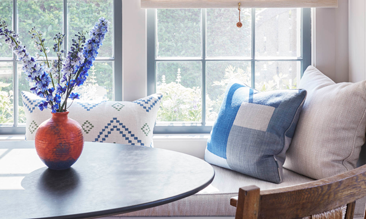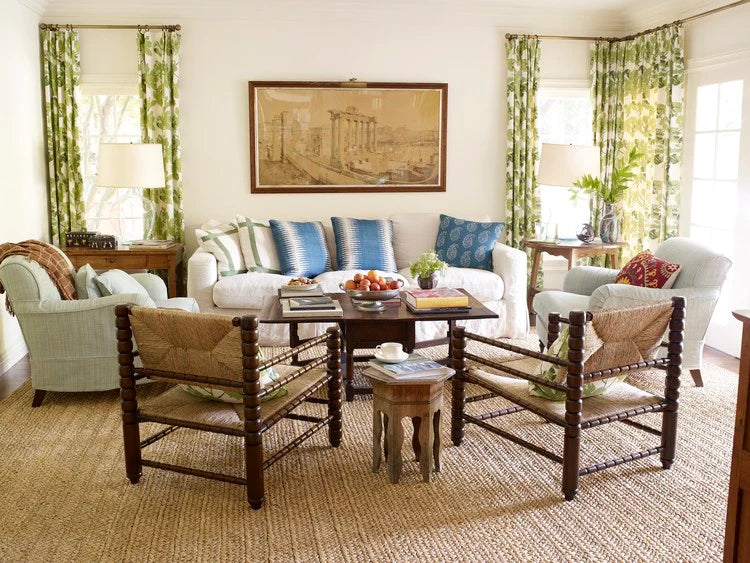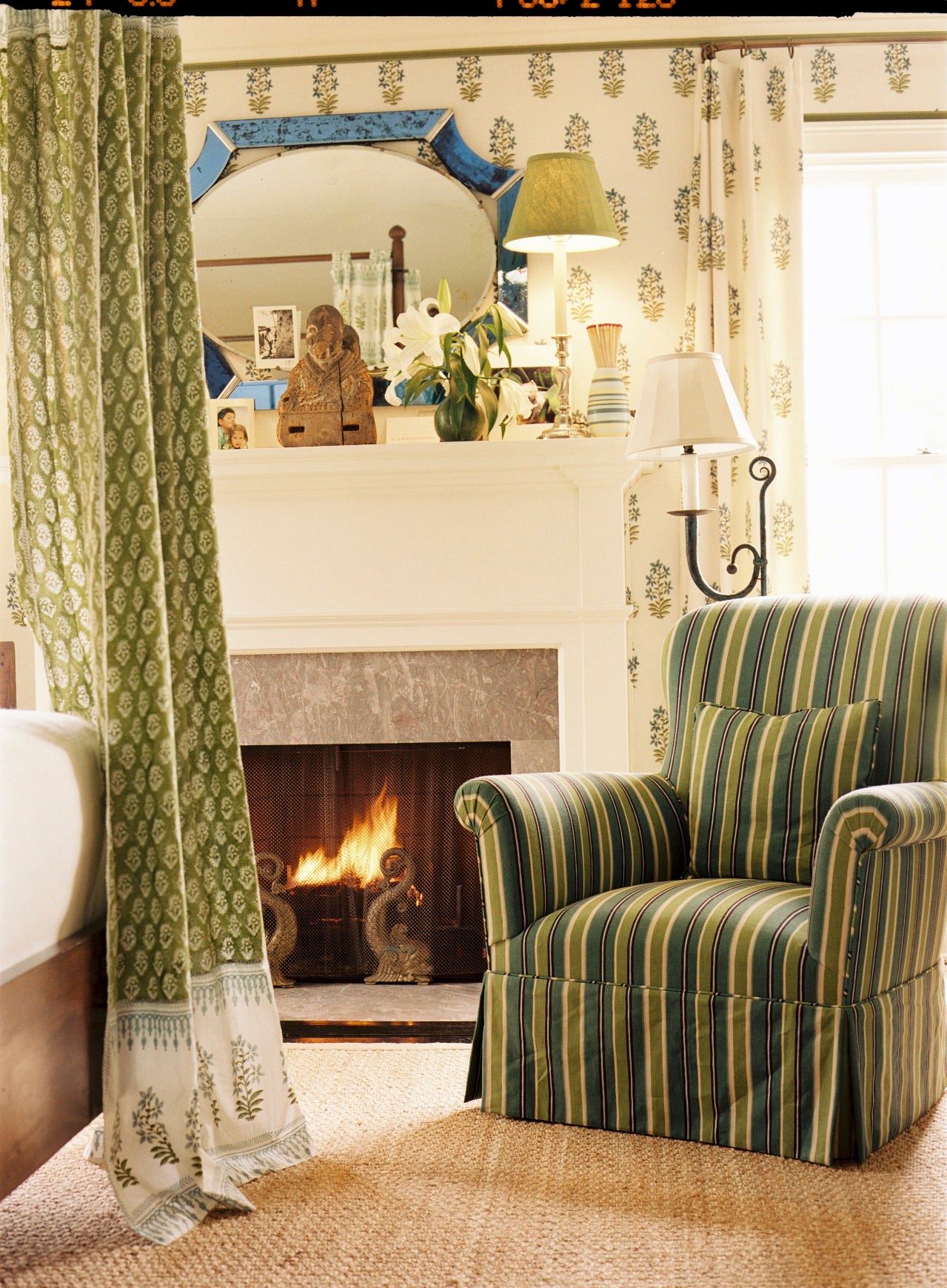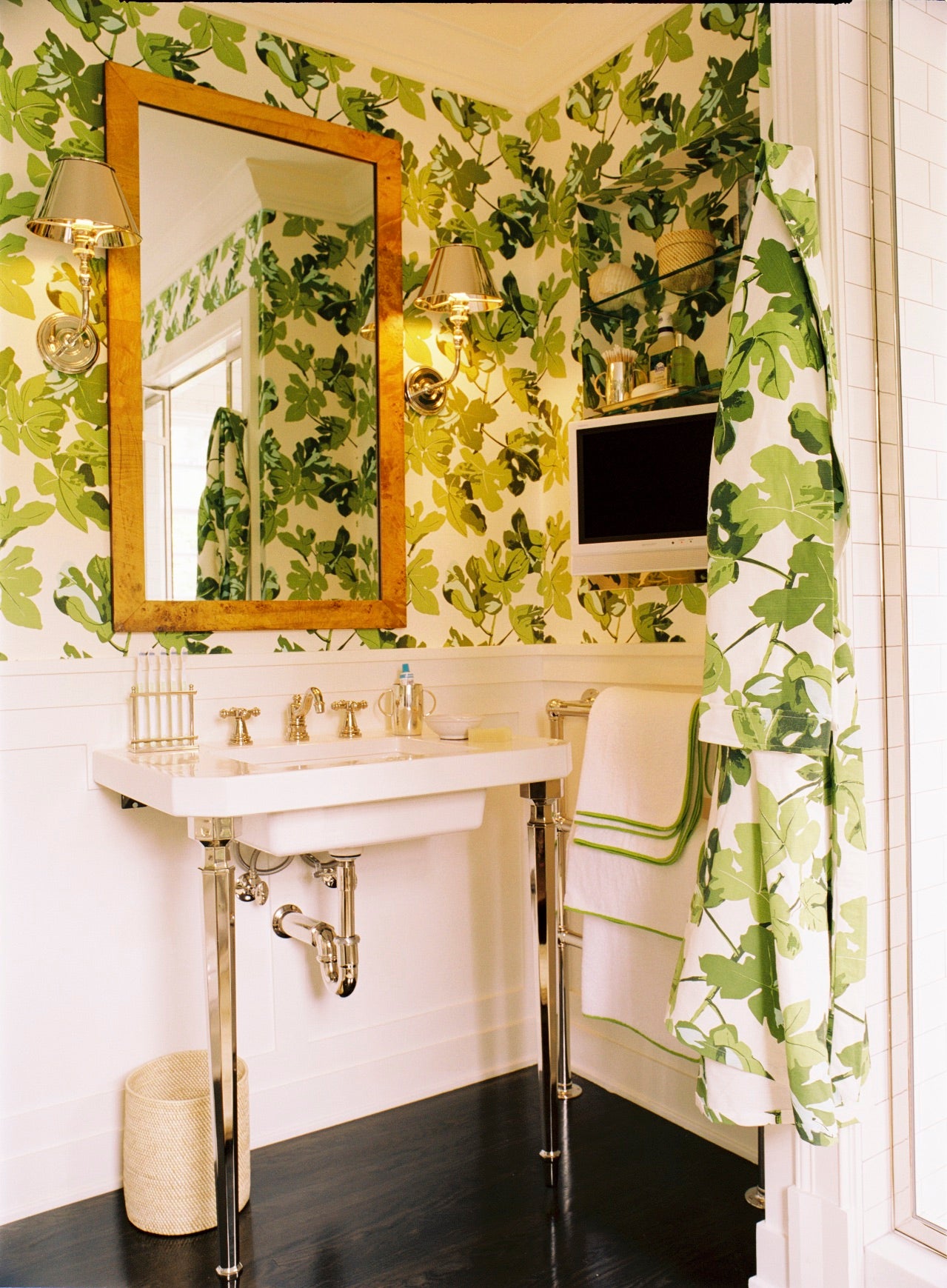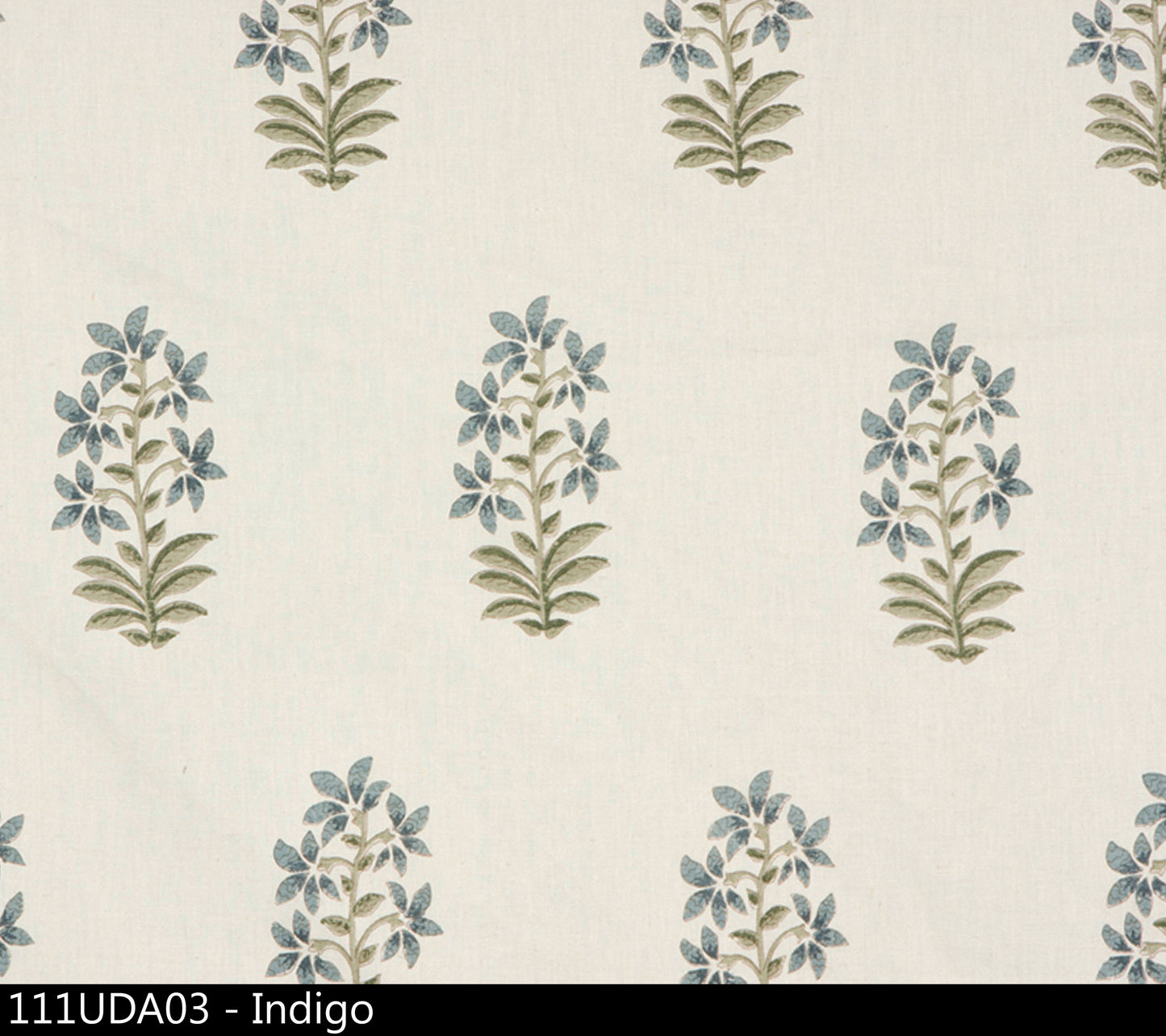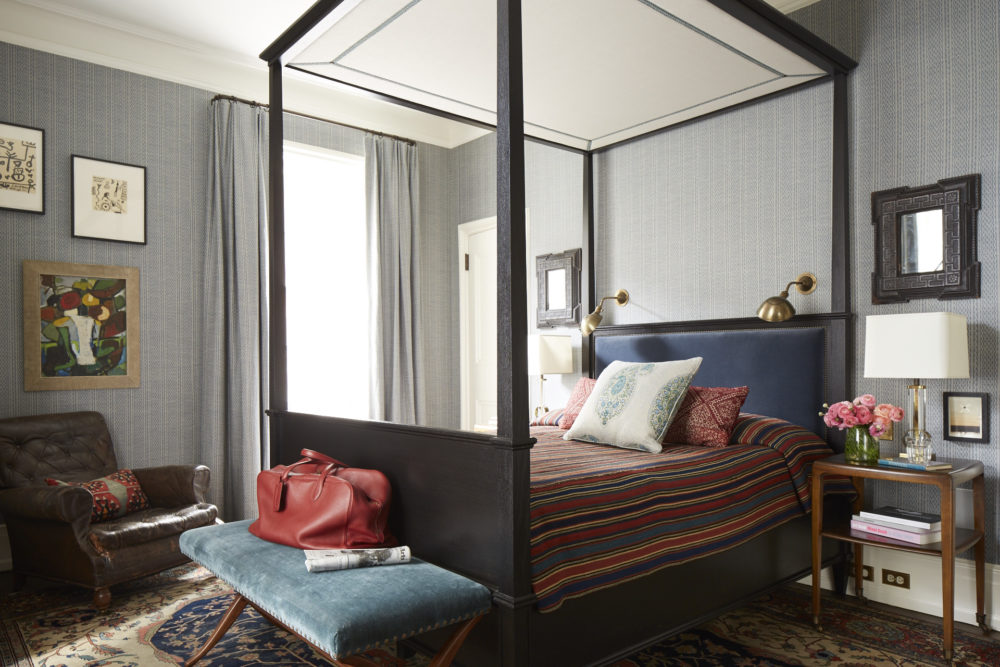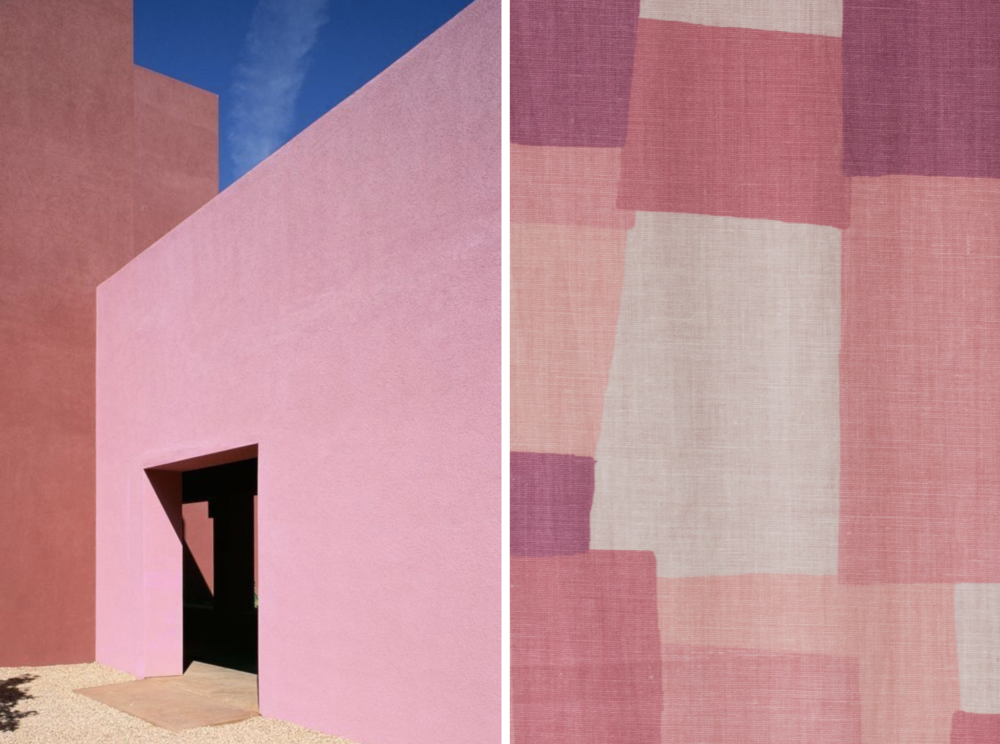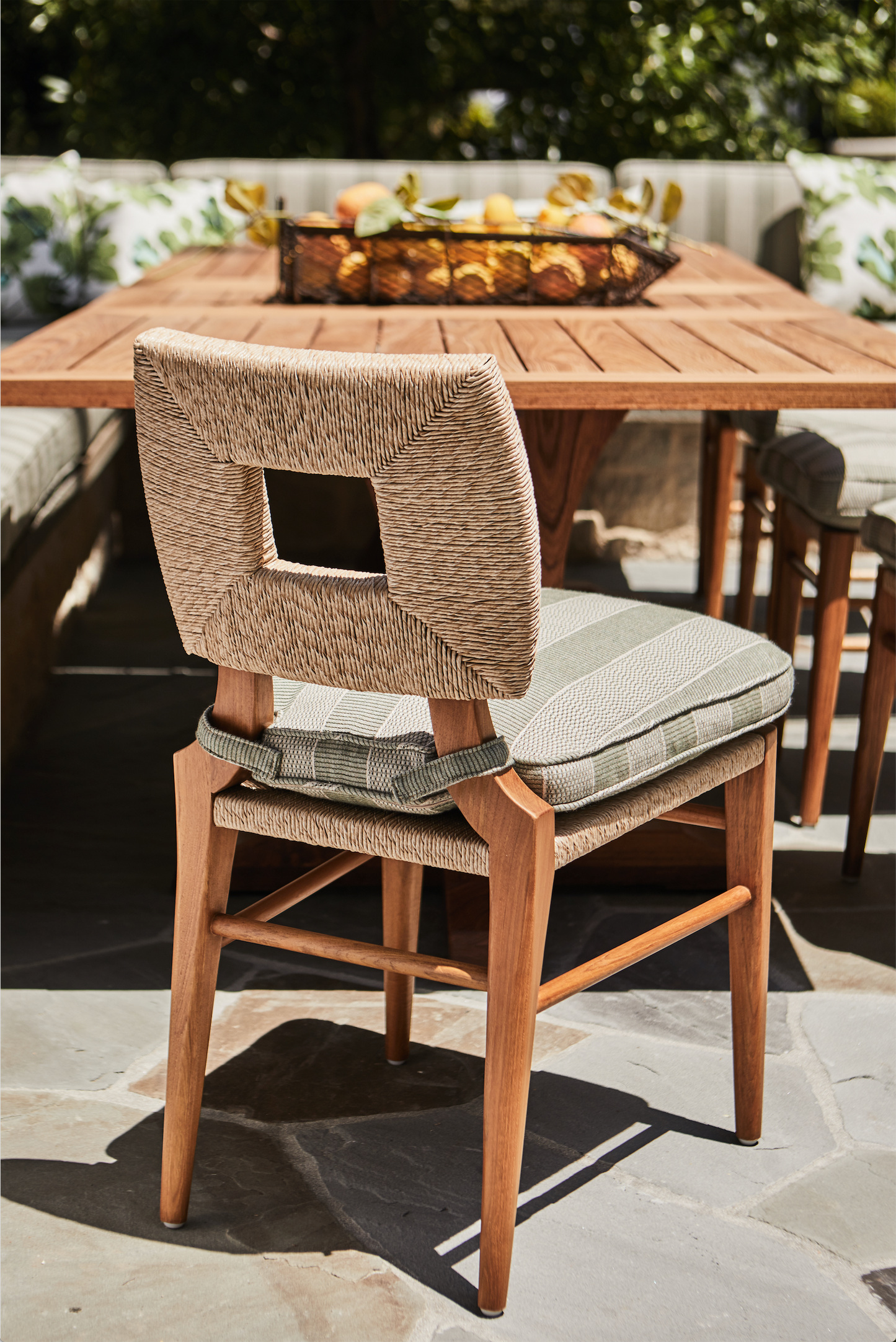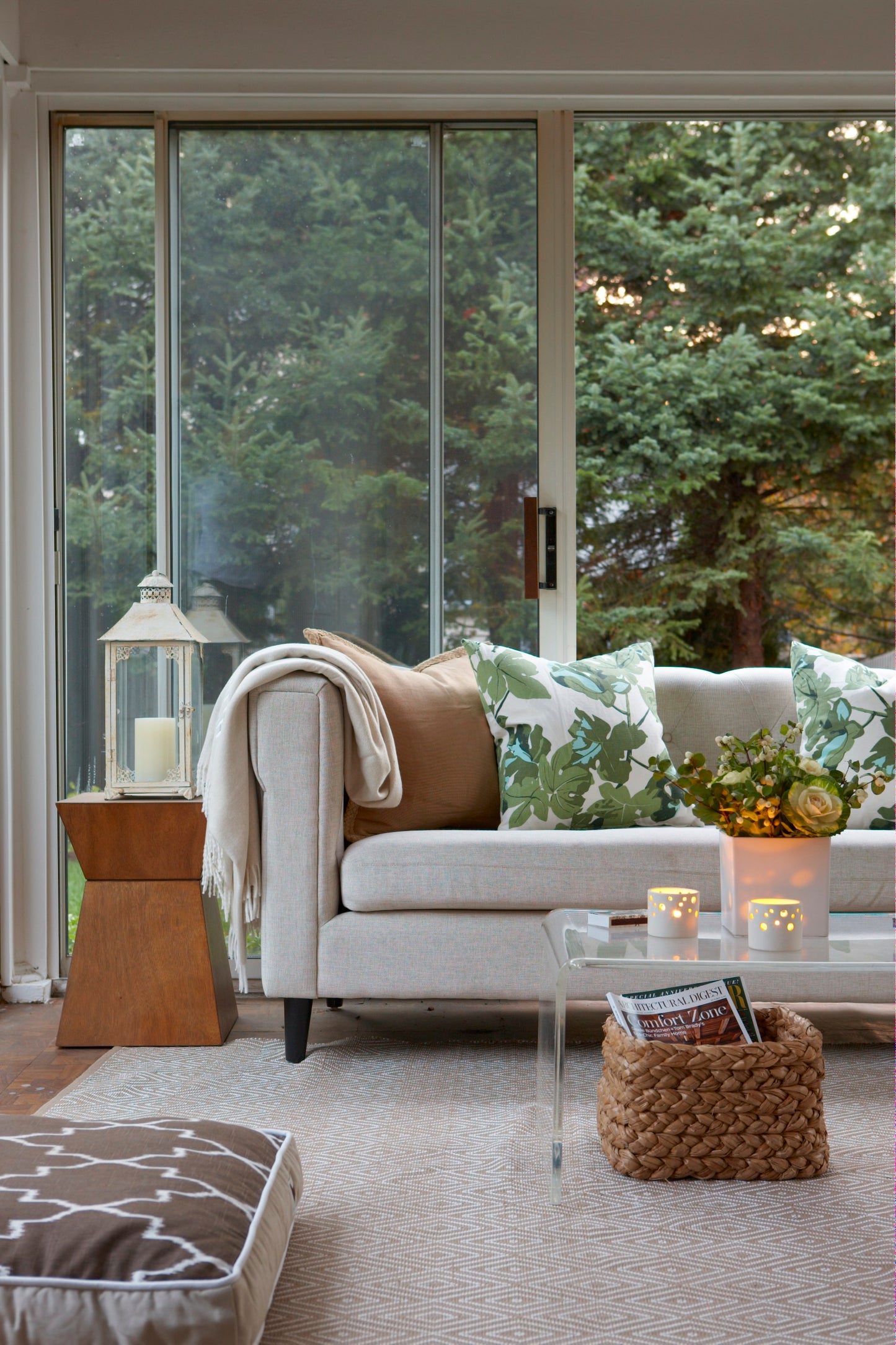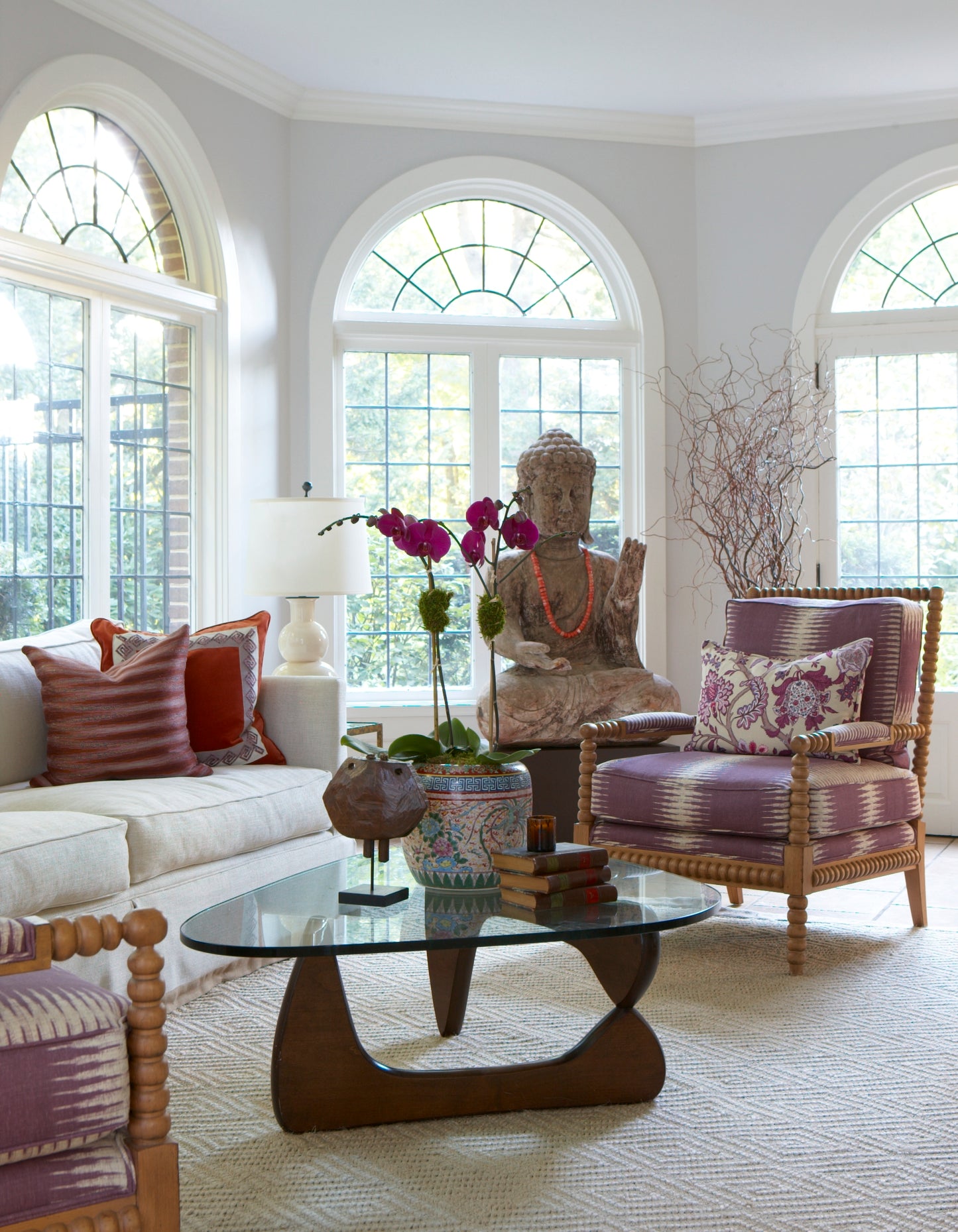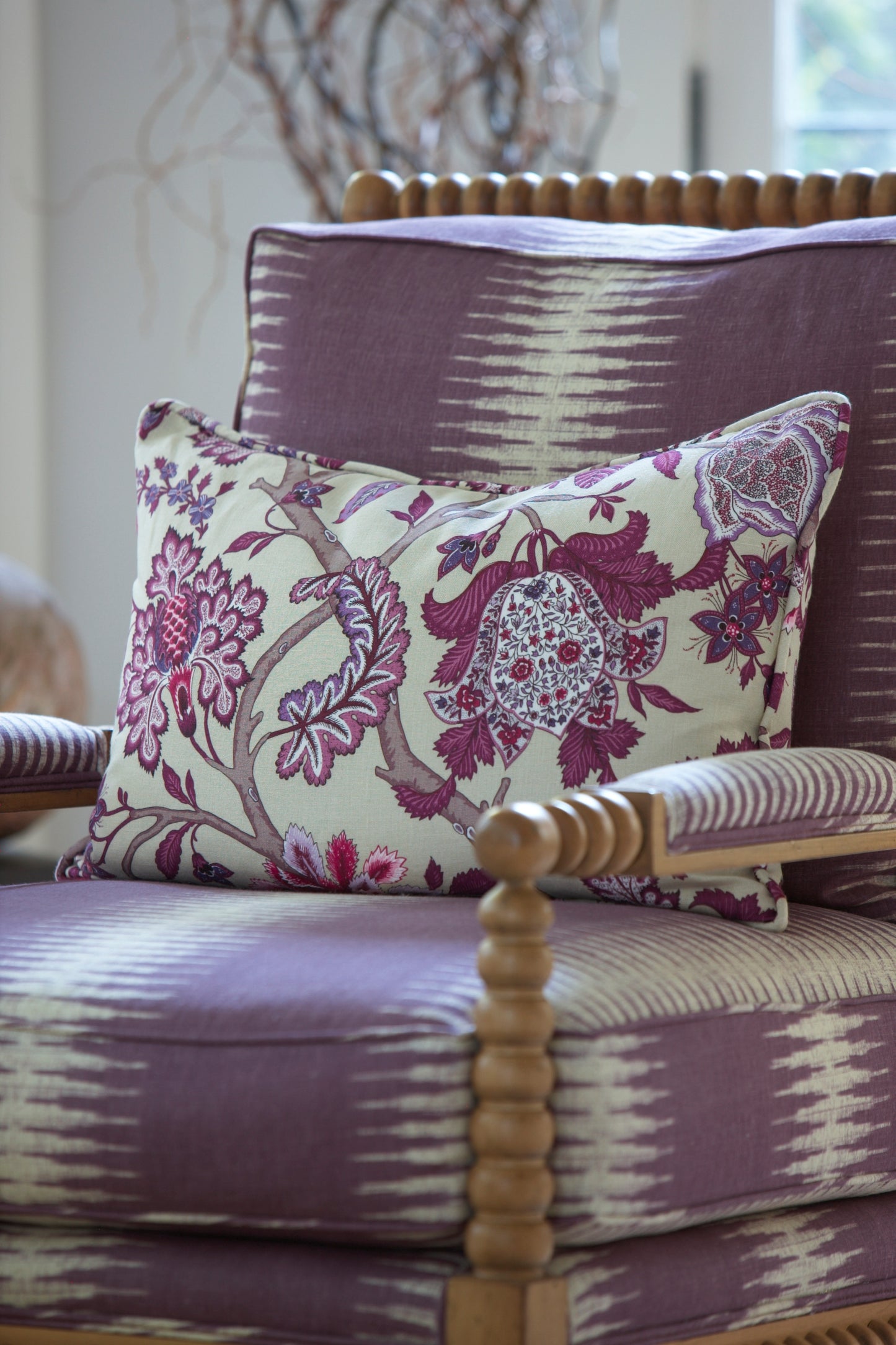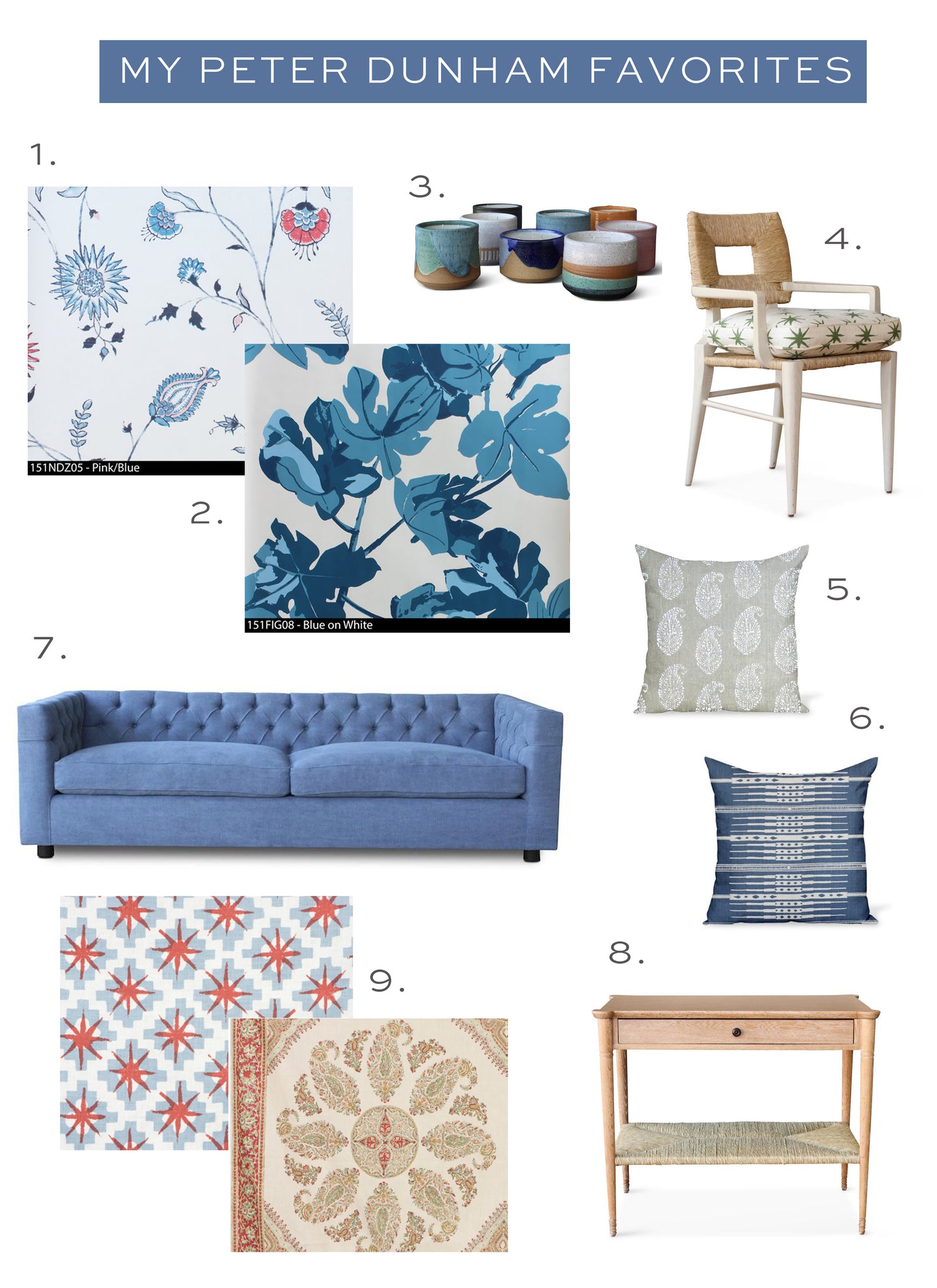This store requires javascript to be enabled for some features to work correctly.
Today we’re launching another great new series on the blog- Q&A’s with fellow designers, design legends and other people in the industry that may interest you and have lots of great tips, stories and images to share with you. We’re kicking it off with a legend, for sure, with Peter Dunham-a wildly talented interior designer, textile and furniture designer, maker of some of your FAVORITE fabrics of all time and shop owner, of Hollywood at Home.
I have used his fabrics many, many times in our projects (and in fact just order some chairs of his- delightfully named the “How To Marry A Millionaire” chair- for a new project!) Beyond his fabrics, he’s got an amazing furniture line AND some seriously incredible wallpaper designsI’m itching to use! So without further ado, Peter Dunham!
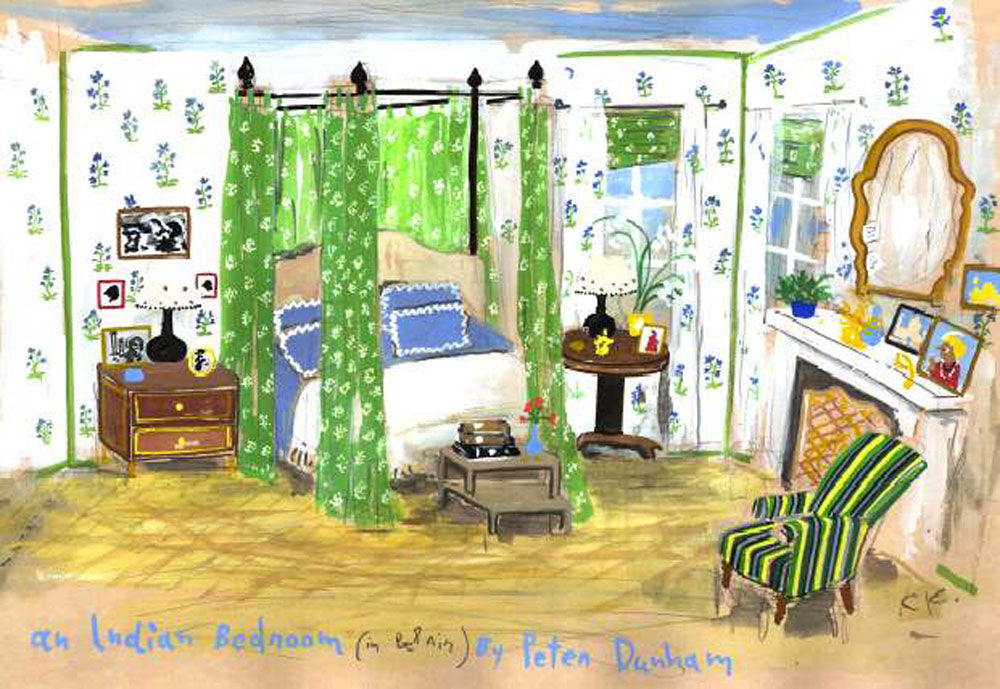
I always wanted to be a designer. My first summer jobs at 16 and 17, then my college internships were all for designers. These very successful designers I worked for or knew (David Hicks, Jacques Grange, John Stefanidis) discouraged me to go into the business—was it too grueling? I still don’t know why everyone talked me out of it. So I stayed close to industry and went into real estate after graduation. I started by doing renovations in New York, moved to LA, flipped a couple of houses, and friends asked me to help them decorate. One thing led to another, and my big break was when then Editor-in-Chief Marion McEvoy asked me to participate in the House Beautiful show house. My design business took off properly after that. My first real clients (from that showhouse) were the actors Jennifer Garner and Scott Foley.
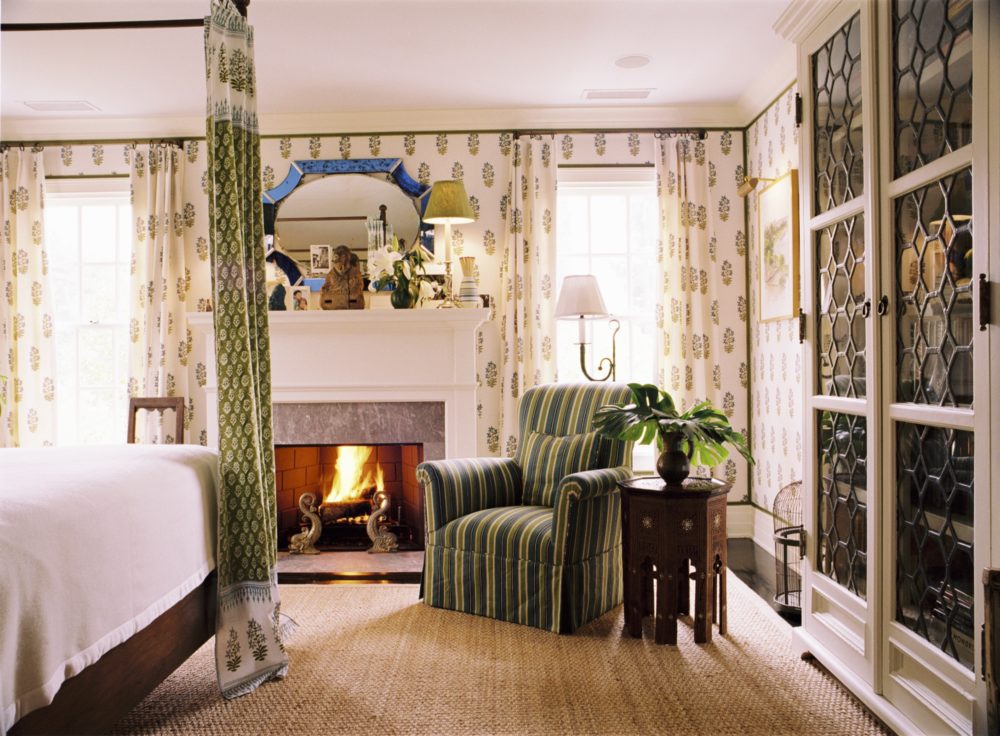
I was making block prints in Jaipur for my own design projects. I participated in a second House Beautiful project that showcased some of these designs and people kept asking to buy them. I hustled a collection together to coincide with the issue on the showhouse. My first commercially printed textile was Fig Leaf. That was in 2003.

- Get some business education. At least an understanding of accounting, contract law, budgets. People want to work with someone who understands how to handle their funds in a responsible way.
- Get some formal design education. CAD type programs and basic knowledge of architecture so you can read a floorplan, recognize lighting issues etc…
- Work in a decent size design office to understand how a project is handled from team structure, handling client relations, collaborations with architects and landscapers, how to prepare presentation schemes to clients, sourcing, how to price and prepare proposals/PO’s/invoices, and how to develop vendor relationships.
- Get some professional help in setting up your business: accounts for deposits, sales tax, operations, getting set up with proper design program to handle the job.
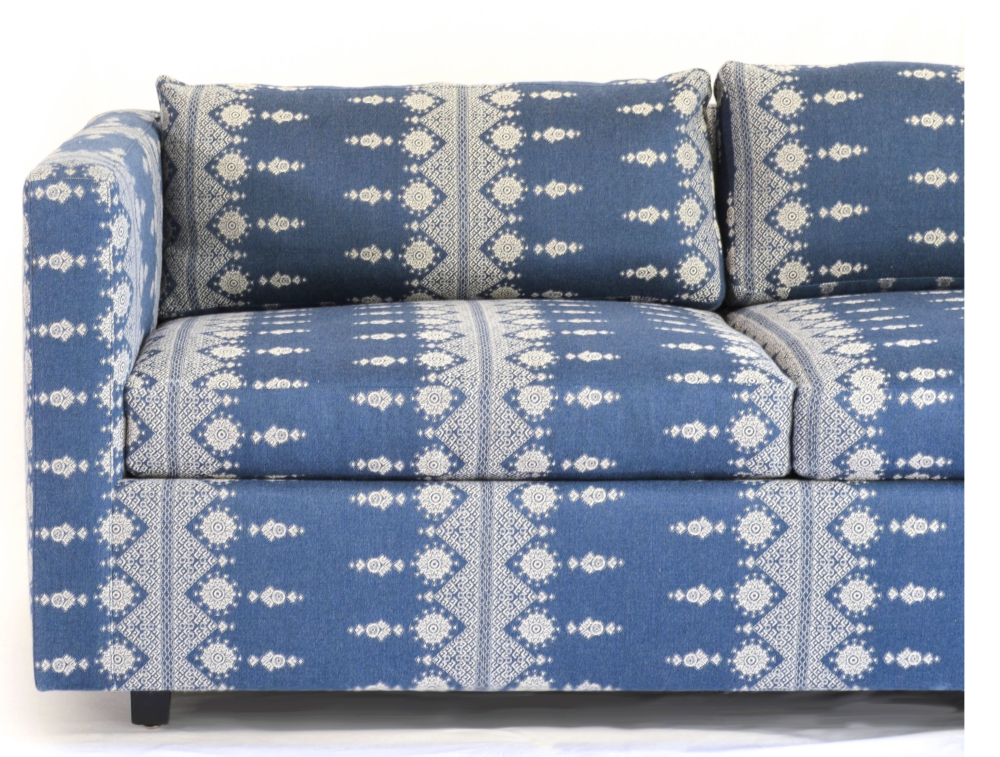
Oy! That’s a hard question. Like children, I generally love them all. Sometimes I feel more attracted to one for a while and then another soon after. But if I have to go out on a limb, I love Carmania. I developed it in India from an old embroidery I found. I cut and pasted it on a sheet of paper, had it made into embroidery and then into a print and a woven.
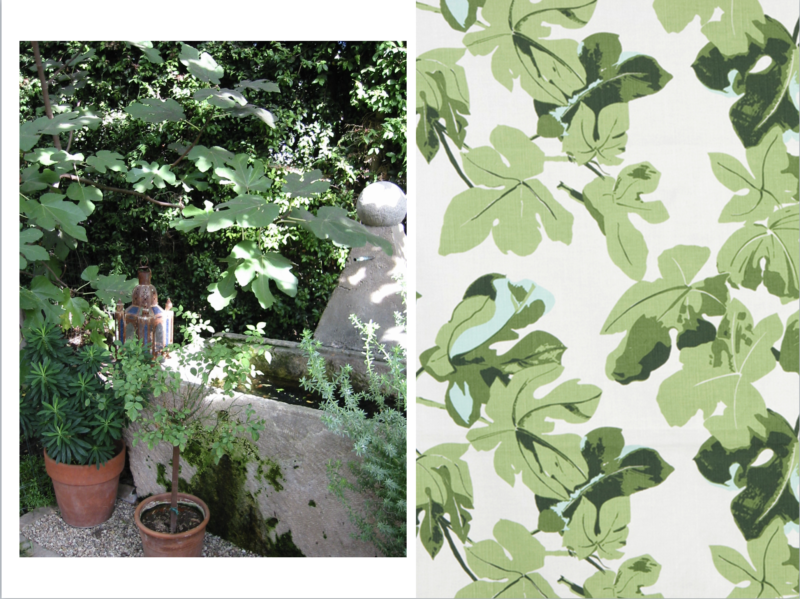
Our best seller is Fig Leaf, and the second best seller is the outdoor printed version. It has a sense of nostalgia for me, as it was inspired by a fabric in the home of my childhood neighbor, Salvador Dali, and all the fig trees around us.
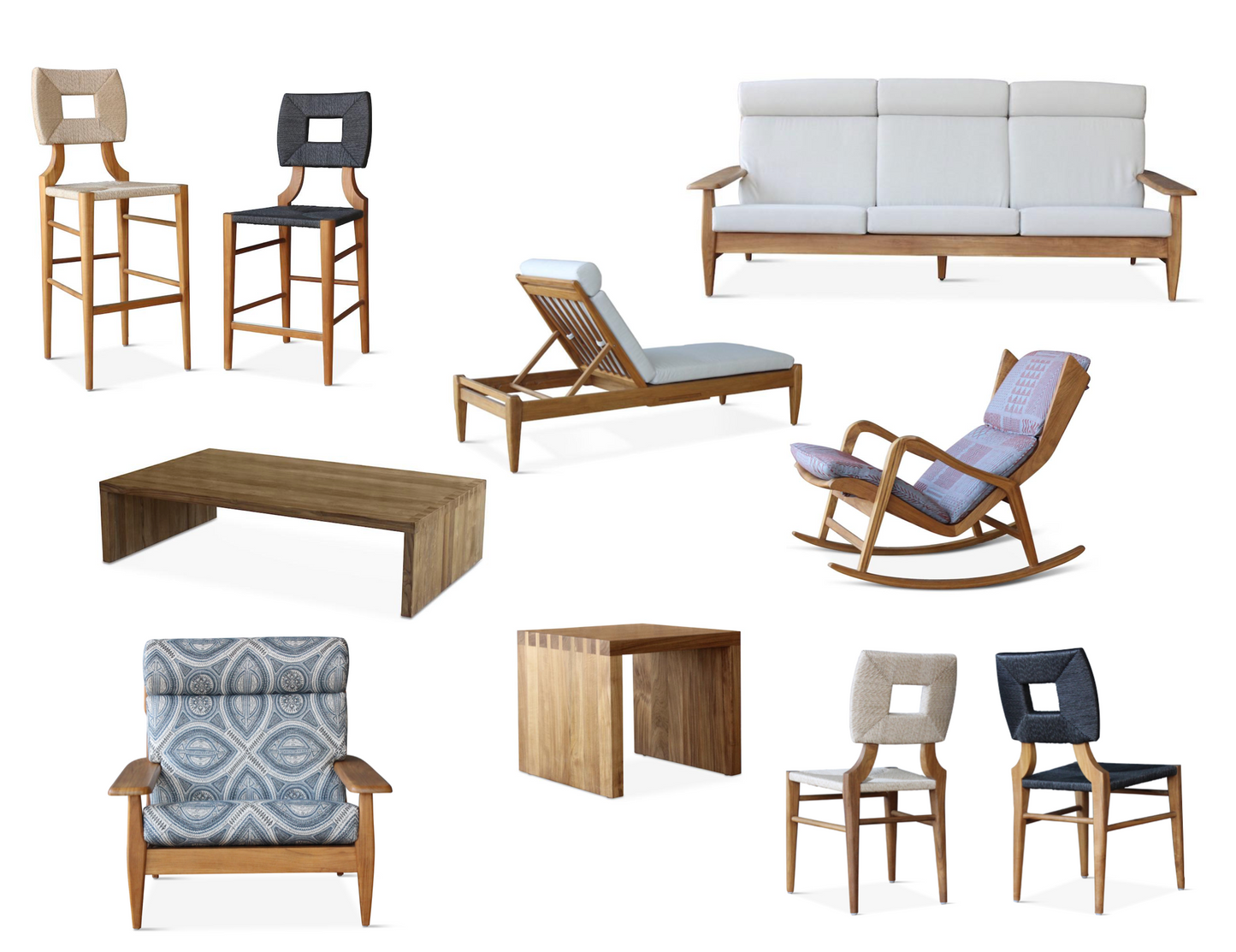
For my shop, Hollywood at Home, we took a big “grown up” step and created our first stocked collection of furniture, which is all handmade from teak and perfect for indoors and outdoors. It was a bit scary—making something in large quantities versus our previous made-to-order production. Will people like it? will people buy it? We’ve been very lucky with the response, and we’re in the midst of designing the second collection, which will be out this spring. Living in California, I believe in a carefree mood at home. Much how I use performance fabrics in almost all my interior projects now, this collection seemed like a furniture version of that. You can literally hose down the new version of the How To Marry a Millionaire chair!
We’ve used Peter Dunham’s textiles a lot in our work too! This living room at left, we used his Ikat patternin green for the drapes and the Fig Leaf for the back of this wingback chair, in my own previous sunroom, I used the Fig Leaf as pillows. In the next room, we used theIkatin a gorgeous plum color on a pair of spool chairs– I LOVE this room!

